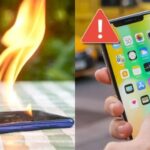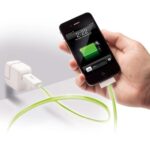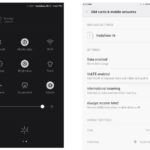In the digital age, smartphones have become an integral part of our daily lives. However, it’s not uncommon for devices to overheat and lag, affecting both user experience and the longevity of the phone. The following article offers simple yet effective tips to address this issue.
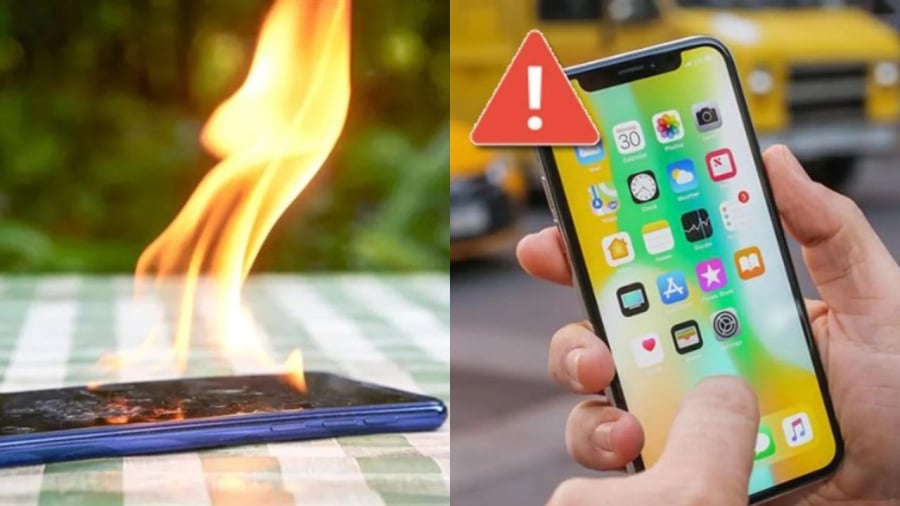
Understanding the Causes of Overheating and Lagging
To find a solution, it’s important to first understand the underlying causes. Here are some common reasons why your smartphone may be overheating and lagging:
- Prolonged usage: Continuously using your phone for gaming, video streaming, or running heavy applications for extended periods can cause the device to heat up.
- Background apps: Many applications run in the background, even when you’re not actively using them, taxing the CPU and leading to overheating and slow response times.
- High-temperature environments: Using your phone in direct sunlight, inside a hot car, or near heat-generating devices can contribute to overheating.
- Improper charging: Charging your phone while using it, using low-quality chargers, or having a worn-out battery can lead to both overheating and lagging issues.
- Outdated or conflicting software: An operating system version that is incompatible with your device or having too many installed applications can cause software conflicts and performance issues.
Tips to Prevent and Address Overheating and Lagging
1. Avoid using your phone while charging
One golden rule is to refrain from using your phone while it’s charging, especially for demanding tasks like gaming or video streaming. This can overload the device, leading to overheating, battery degradation, or even battery swelling and explosion risks.
Tip: It’s best to let your phone rest while charging. If you need to use it urgently, opt for light tasks such as texting or checking emails.
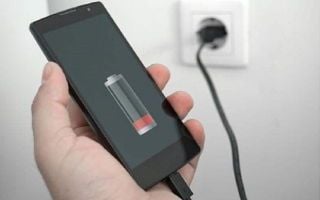
2. Close background apps
Background apps consume system resources and contribute to overheating and lagging issues. Periodically check and close any unnecessary apps to give your phone some breathing room.
How to do it:
On Android: Go to Settings → Apps → Background → Close or disable apps you don’t need.
On iPhone: Double-click the Home button or swipe up from the bottom of the screen (depending on your model) to close running apps.
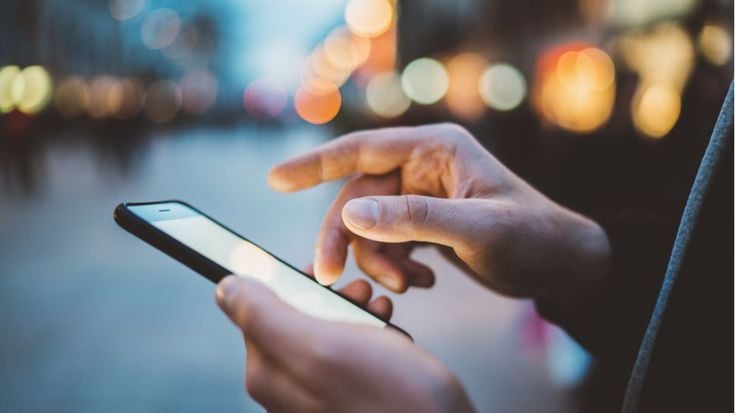
3. Uninstall unused apps
It’s common to download numerous applications and then forget about them. These unused apps occupy storage space, slow down your device, and sometimes run in the background, contributing to overheating.
Recommendation: Perform regular spring cleaning, deleting unused apps, especially heavy or incompatible ones.
4. Keep your software up to date
Updating your operating system not only improves performance but also patches security vulnerabilities, making your device smoother and less prone to overheating.
Note: Remember to back up your data before updating to prevent important information loss.
5. Avoid thick phone cases during intense usage
Thick phone cases, especially those made of insulating materials, can trap heat, making it difficult for the device to cool down. When playing games or performing demanding tasks, consider removing your phone case to allow better heat dissipation.
6. Minimize direct sunlight exposure
Environmental temperature also plays a role in device temperature. Avoid leaving your phone in direct sunlight, in a hot car, or in your pocket during summer.
Suggestions: Use a sunshade or cover when using your phone outdoors, or switch to power-saving mode to reduce heat generation.
7. Restart your device periodically
Restarting your phone clears RAM, shuts down unnecessary processes, and gives your system a fresh start. If you notice your phone slowing down or overheating, try powering it off and on again.
Ideal frequency: Once or twice a week.
8. Utilize cooling apps
There are applications designed to monitor CPU and RAM temperatures and help free up memory. Examples include Cooling Master, CPU Monitor, and Clean Master (for Android). However, use these apps selectively and avoid overdependence.
The Ultimate Guide to Fixing a Laggy, Overheating Phone: Simple Tricks for Supercharged Performance
“A frozen phone can be more than a mere annoyance; it could potentially be a hazard. Devices that overheat and underperform can pose a serious safety risk, with the possibility of fire or explosion. It is imperative that you take immediate action to address this issue and prevent any further complications.”
The Ultimate Guide to Saving Your Android Smartphone’s Battery
With a few simple tweaks, Android smartphone users can easily extend their battery life when it’s running low. By disabling unused connections, turning off live wallpapers, and opting out of automatic brightness adjustment, you can gain valuable extra time before your device powers down. These quick fixes are a handy way to keep your Android phone going when you need it the most.

























